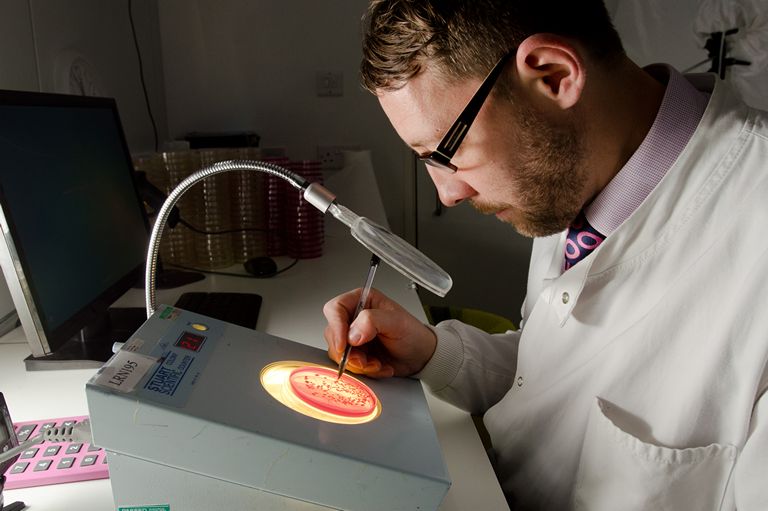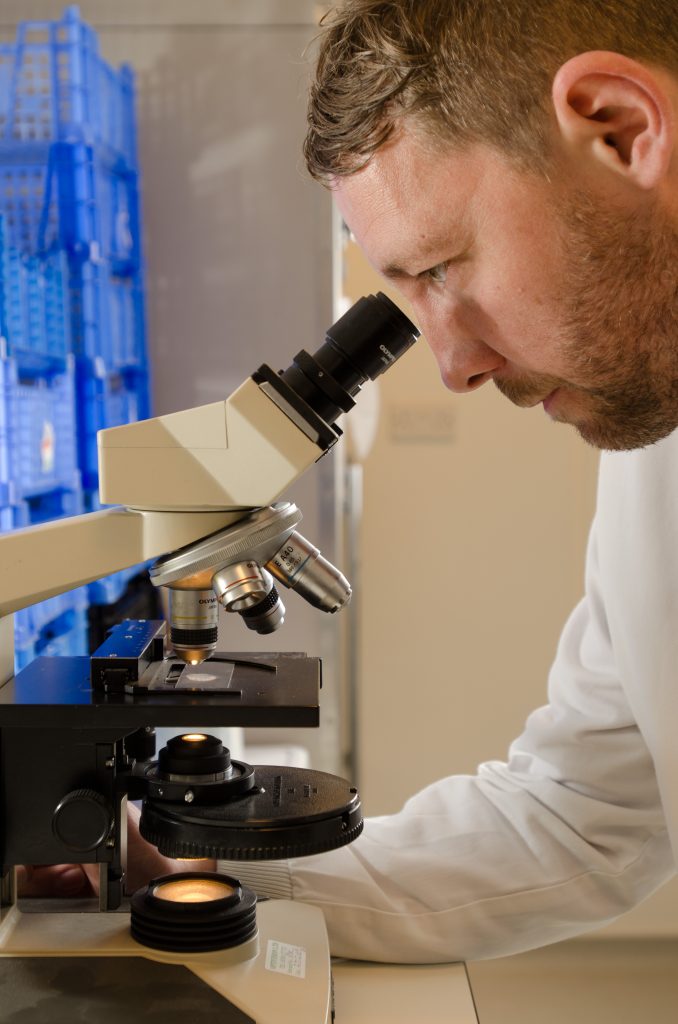Temperature control and legionella bacteria prevention
What is legionella bacteria?
Legionella is a bacteria found naturally in water such as rivers and ponds. Given favourable conditions and nutrients to grow, legionella bacteria can colonise man-made water systems. For an outbreak of legionniares’ disease to occur the bacteria must be disseminated in aerosol form and inhaled by a susceptible person. Legionnaires’ disease is a man-made problem and one which is preventable by following the latest HSE guidance.
What temperature kills legionella bacteria?
As with all living things the conditions need to be right for survival and growth to occur and with legionella bacteria temperature is one of the key factors in determining the correct conditions. There are no known cases of Legionnaires’ disease from natural watercourses such as rivers or streams which in the Uk are typically less than 20°c.
In man-made systems, legionella bacteria require the right conditions to grow and multiply and a vital condition is the temperature must be between 20°c and 45°c. If the temperature is below 20°c legionella bacteria will lie dormant and when temperatures are above 60°c the bacteria is killed off.
How hot does water have to be to control legionella bacteria?
Temperature is the most straight forward, cheapest and the most common way in which Legionella bacteria is controlled in domestic hot and cold-water systems.
Hot water must be stored in hot water cylinders or calorifiers at 60°C or higher to ensure if legionella bacteria were to enter a given water system it would be killed off and not be able to grow and colonise a system.
Hot water should achieve no less than 50°C (55° in health care premises) at the outlets within one minute of running the tap/outlet.
The monthly check of the temperature on the flow of a calorifier must be 60°c. The temperature of the return pipe must also reach no less than 50°c to ensure the entire system temperature will prevent legionella bacteria from growing.
Direct fired (gas) water heaters are considered to be a lower risk as the volume of stored water is often less than in calorifiers and the temperature is distributed more evenly in the cylinder with less stratification.
How hot do point of use water heaters need to be to control legionella?
POU’s with storage of no more than 15 litres must be checked to ensure they operate between 50° and 60°c. It is important to ensure all POU’s have a high turnover of water so it is not providing a stagnant area of the system.
Can legionella survive in cold water?
Cold water should be stored and distributed at below 20°C within 2 minutes of running the cold taps. Ensuring water is stored at below the level in which legionella bacteria can grow, ensures the system is kept safe and reduces the risk of legionnaires’ disease. At temperatures below 20°, c legionella bacteria will lie dormant.
How to check water temperatures for legionella control?
In non-circulating systems the temperature must be taken at the sentinel outlets monthly which are those nearest and furthest from the calorifier and also at long pipe runs to ensure temperatures are above 50°c.
In addition to the above for circulating systems the temperature at the return pipework needs to be recorded to ensure the entire system is achieving 50°c minimum.
Temperatures also need to be recorded on subordinate loops on a quarterly basis, it is important to check subordinate loops as there can often be an issue on a long leg, where it takes more than a minute for temperatures to rise, therefore providing a potential legionella risk.
A legionella risk assessment will set out the location where temperatures checks need to take place and will ensure high-risk areas are monitored for example where there are high-risk users.
Where can temperature issues occur within a hot and cold water system?
There are specific areas within hot and cold water systems were temperature can be a risk and allow legionella bacteria can grow. These include the bottom of calorifiers/water storage vessels where the incoming cold water enters and mixes with the stored hot water reducing the temperature of the water at the bottom of the vessel where debris and sediment collect. A shunt pump can be installed to reduce the risk of stratification and uneven temperature within the calorfier.
Dead legs in pipework, little used outlets can also provide favourable temperature conditions for legionella bacteria as the stagnated water temperature can rise to above 20°C. Regular weekly flushing of little used outlets can reduce the risk of legionella bacteria growing in the system.
If the incoming mains temperature is above 20°c or there are areas within the cold water system which are exposed to heat gain this can also lead to the right conditions for legionella bacteria to grow. Insulating pipework to reduce the risk of thermal gain will reduce the risk of the water temperature increasing.
What temperatures checks are needed on cold water storage tanks
The incoming mains and the stored water in the tank need to be measured to make sure they are both less than 20°C. Every 6 months the temperature must be taken at the ball-valve and a record kept of the results. It is good practice to carry this out both in summer and winter to ensure the stored water remains within the guidelines even when the ambient temperature is higher in summer months. The average groundwater temperature in the UK is 12°c however during particularly warm summers the mains water can be above the desired 20°c, if this were to occur then the risk assessment would need to be reviewed and control measures put in place as appropriate.
Cold water storage tanks must be well insulated to protect the stored water from changes in the ambient air temperature.
The sentinel (nearest and furthest) cold water outlets for example taps and showers need to be checked on a monthly basis to check they are less than 20°c after running the outlet for 2 minutes. It is also important to check a representative sample of taps on a rotational basis this helps to make sure the supply of cold water remains at a temperature that will not support the growth of legionella bacteria. A monitoring contract will establish the schedule of representative taps to ensure the entire system will be checked over a specified period of time.
What sort of thermometers are used for legionella monitoring?
Surface probe thermometers are used to record the temperature of water within pipework and a submersible probe used for recording the temperature of running water from outlets.
How do TMV’s affect temperature monitoring for legionella control?
Thermostatic mixer valves blend hot and cold water to produce water at the outlet which avoids the risk of scalding this is usually between 38°c and 46°c. It is important to ensure the pipework downstream of the TMV is as short as possible to reduce the legionella risk. A surface probe thermometer must be used to ensure the temperature of the hot water is at least 50°c prior to the TMV.
For recording temperatures can I use a paper based or electronic logbook?
It is vital to keep good records of all temperature monitoring. It will identify where and if there are any issues and also an indication of trends. A paper based logbook is adequate however we encourage customers to adopt our cloud based electronic log book as there is immediate reporting functionality to allow smart decisions and prompt actions to be taken. The electronic log book is available for free to all our contract customers. Click the following link for more information on monitoring contracts
Can temperature monitoring for legionella control be carried out in-house?
Yes, however, the person taking the temperatures must be trained and competent to carry out the tasks and must understand the importance and significance of the findings. Correct records must be held to allow trends and patterns to be assessed if necessary. Dantek offer site specific training to allow individuals to carry out temperature monitoring. This practical site specific training in legionella control can help customers to reduce costs while also ensuring the legionella risk is controlled.
For more information
Managing legionella in hot and cold water systems





